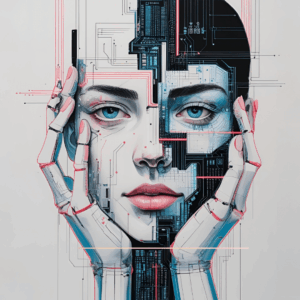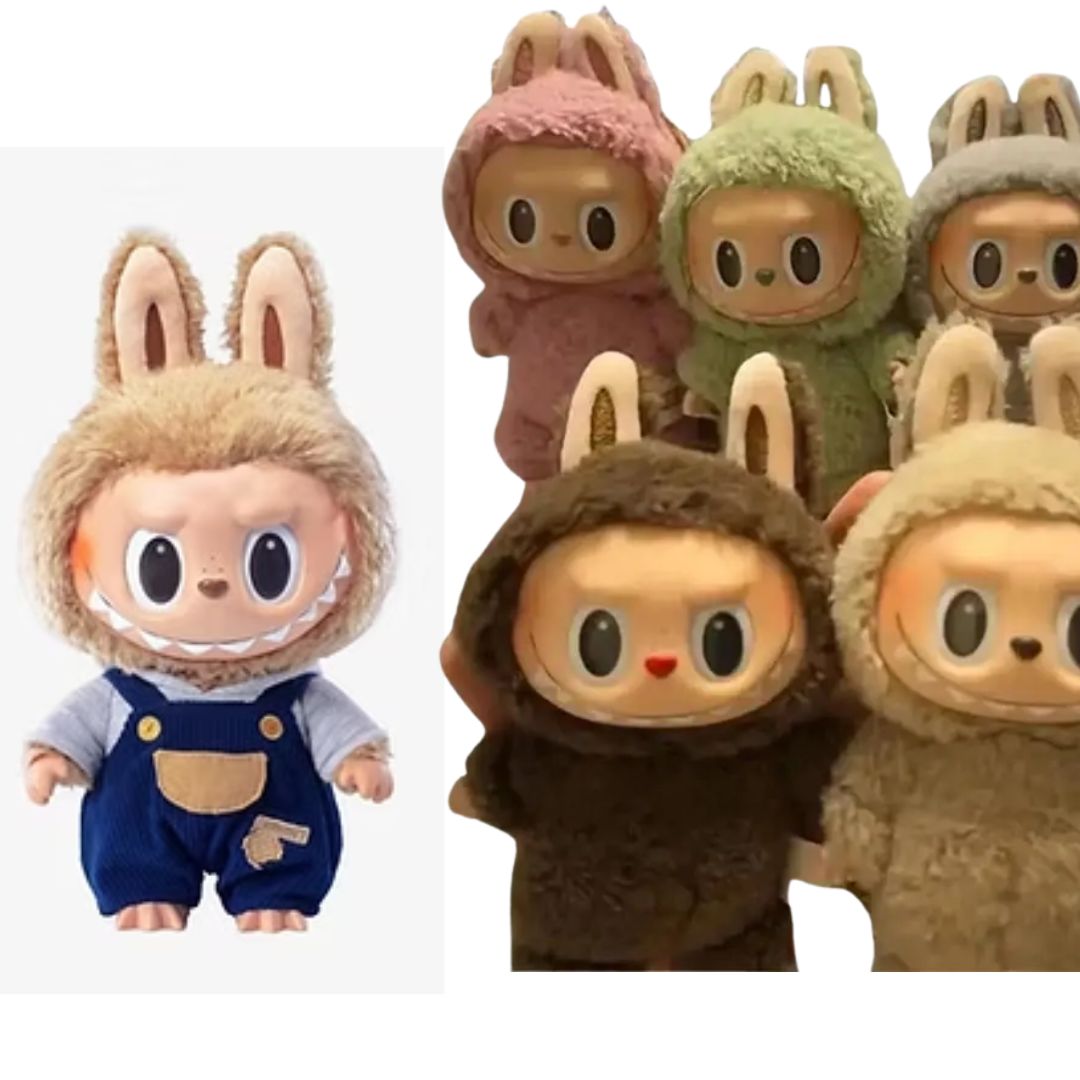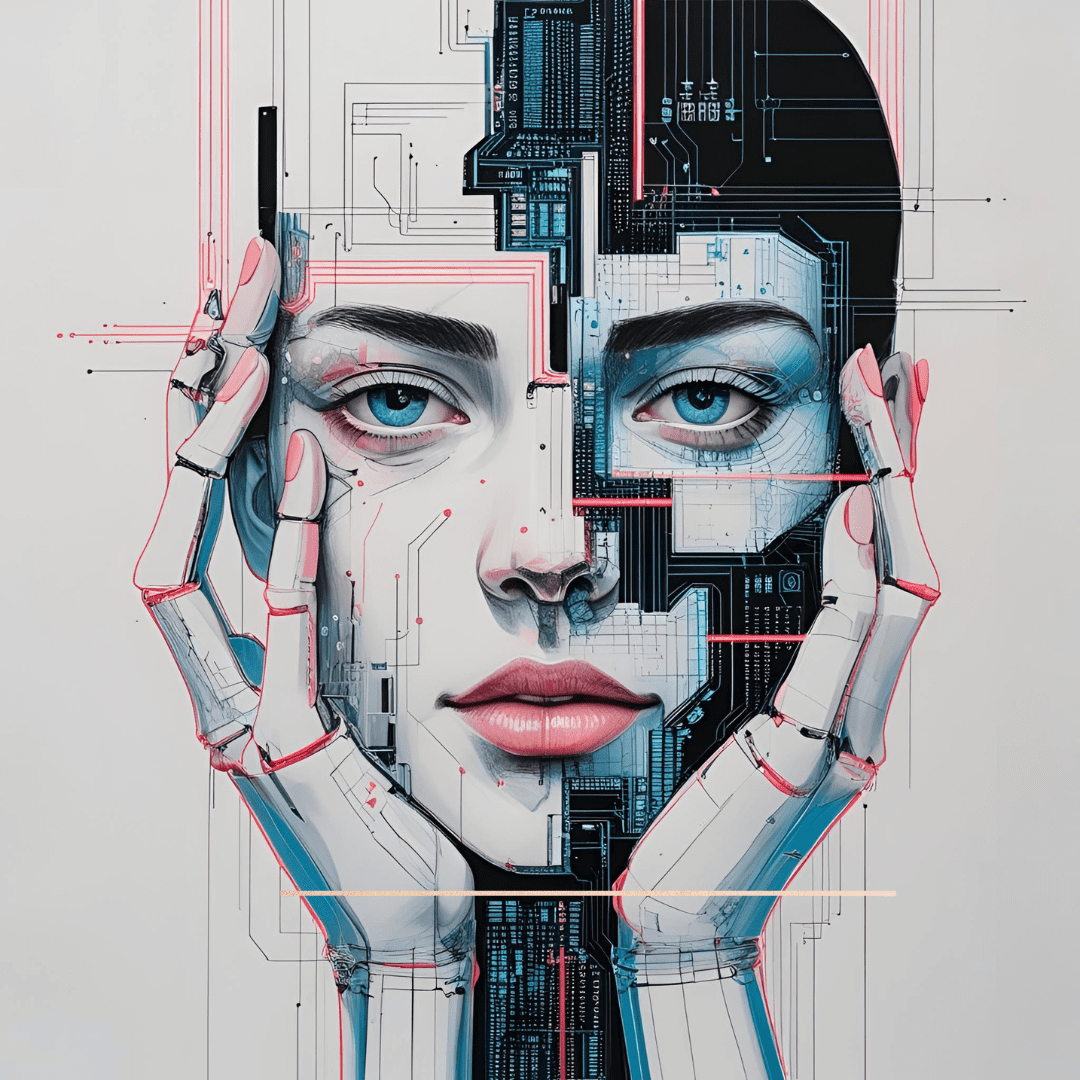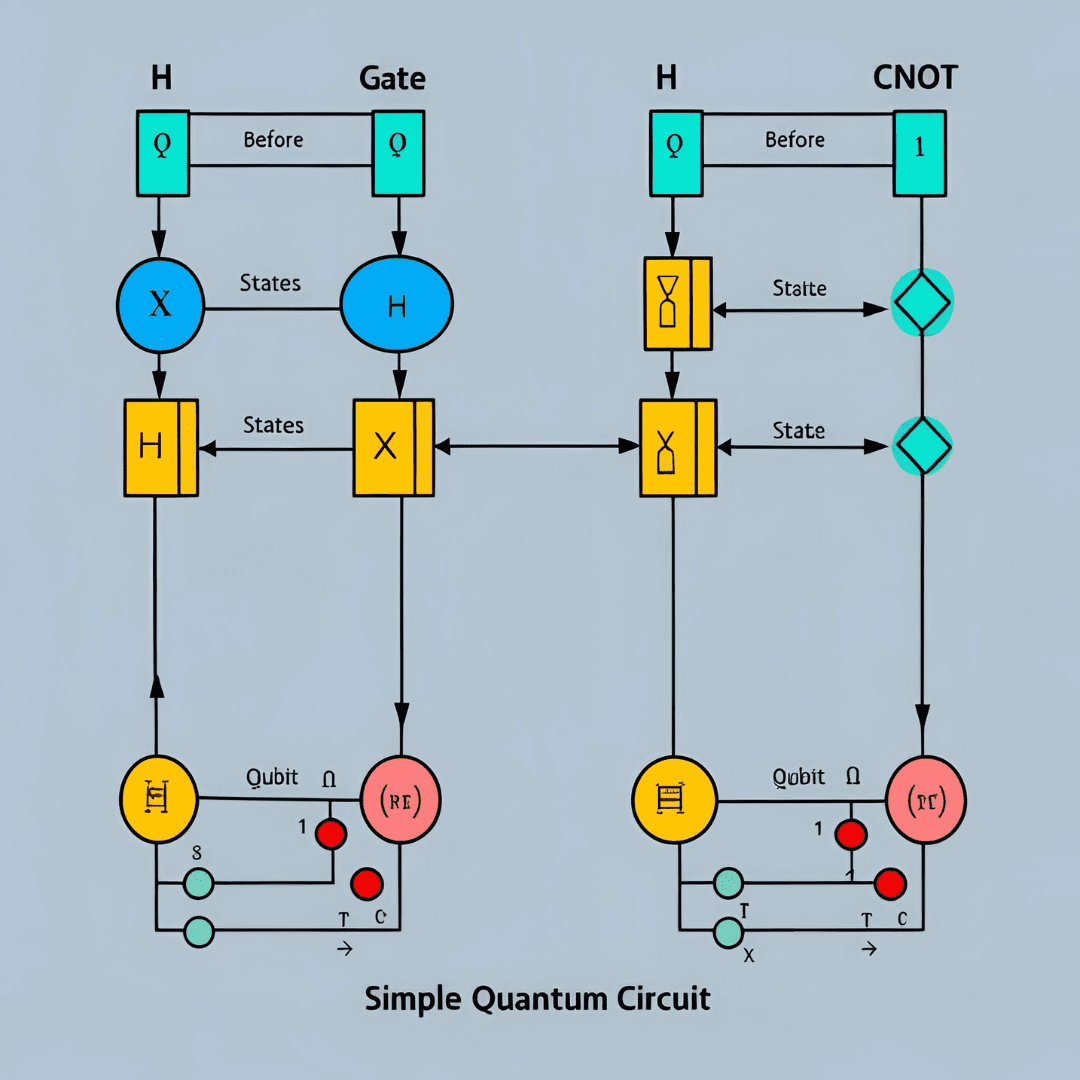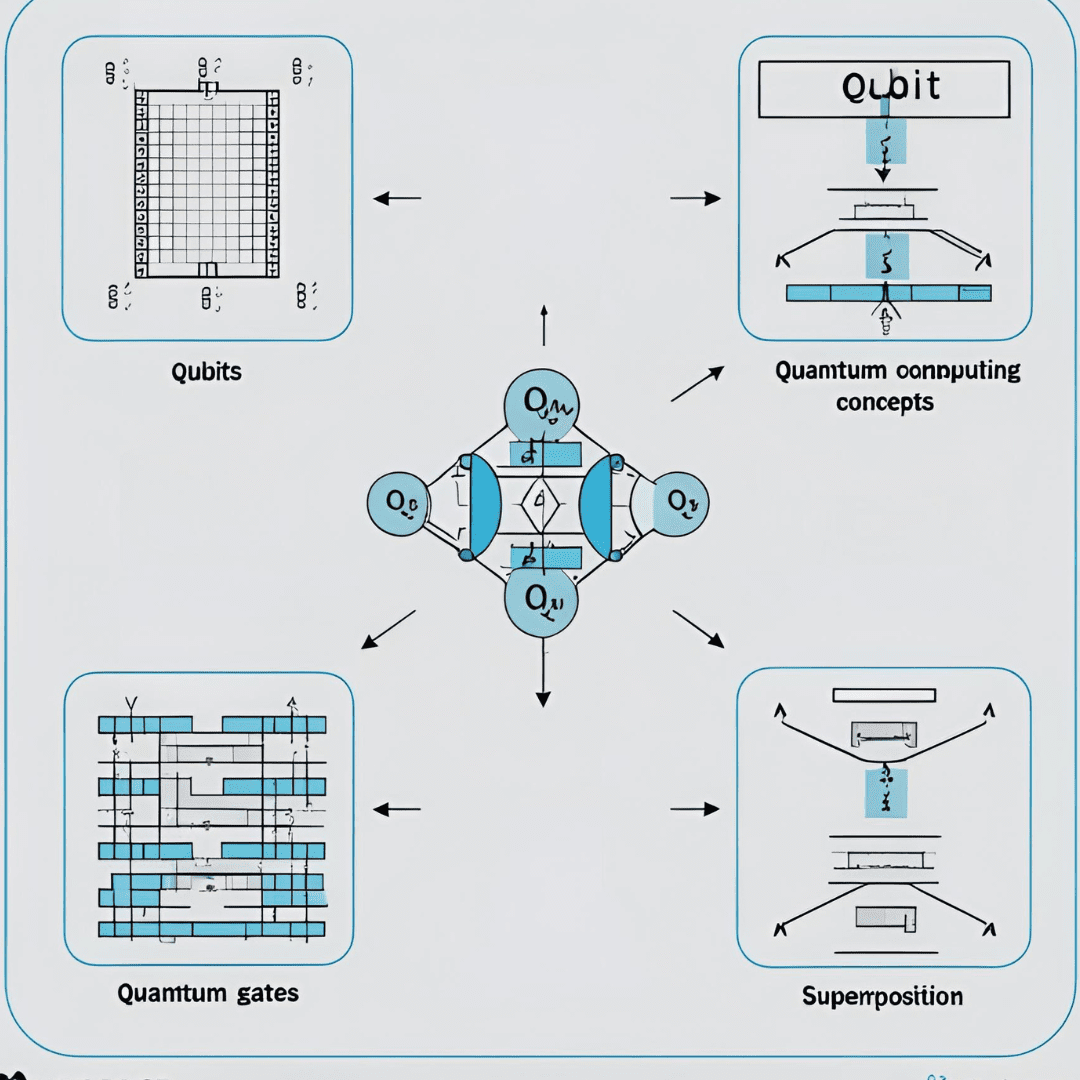Labubu is not just a toy. It’s a mirror of our times. With big eyes, a sweet-yet-sad look, and a touch of mystery, this little character has captured the hearts of millions of Gen Zers — a generation marked by intense emotions, mental health struggles, and a constant search for identity in the digital age.
While it may seem like just another designer toy at first glance, for many teens and young adults, Labubu is an emotional symbol. So why exactly has this vinyl monster become so important to an entire generation?
Toys for Adults: A Rising Trend
In recent years, adult toy consumption has skyrocketed. Data from the NPD Group shows that over 25% of toy buyers worldwide are now over 18. And it’s not just nostalgia at play — it’s about emotional attachment, mental wellness, and self-expression.
Labubu, created by artist Kasing Lung and distributed by Pop Mart, has exploded in popularity by tapping into this trend. Its kawaii (cute) aesthetic, mixed with a hint of melancholy, makes it the perfect emotional outlet for a generation growing up overstimulated and often overwhelmed.
Gen Z: Anxious, Introspective, and Visually Driven
Research by the American Psychological Association confirms that Gen Z is the most anxious generation in recent history. Social media pressure, economic instability, climate fears, and information overload all contribute to this anxiety.
Amid that chaos, many young people are turning to comforting objects to help them cope. Toys like Labubu are being used as tools for emotional regulation — similar to how children attach to blankets or plush toys, but now with a layer of digital identity and aesthetic value.
Posting photos with Labubu, collecting rare editions, and integrating the figure into carefully curated desk setups or bookshelf displays have become rituals of identity for Gen Z.
Kawaii Culture as a Soft Escape
The kawaii aesthetic — the Japanese concept of cuteness — is more than a visual trend. It’s an emotional language. It evokes calm, safety, and a kind of psychological retreat from the pressure of adulthood. Gen Z, especially in high-stress urban environments, has embraced this culture as a way to slow down and reconnect with softer emotions.
Labubu, with its gentle expression and slight sadness, embodies this duality: it’s cute, but emotionally resonant. It doesn’t demand happiness — it allows you to feel, without judgment.
That emotional ambiguity makes it powerful. In a digital world that often rewards fake smiles and constant positivity, Labubu offers quiet, relatable presence.
Building Identity Through Objects
Unlike previous generations who used cars or luxury brands to express identity, Gen Z is more focused on symbolic experiences and curating aesthetic personalities.
Labubu frequently appears in Instagram feeds or TikTok videos that feel like visual diaries. Every element — from lighting to background to filters — communicates a feeling: cozy, controlled chaos, creative sadness. The toy isn’t childish; it’s a tool for emotional storytelling.
Collecting different versions of Labubu allows for self-narration. Each piece can represent a season of life, a mood, or even a personal memory — like building a visual journal through designer toys.
Emotional Consumption and Object Attachment
Consumer psychology studies show that in times of uncertainty, people turn to familiar, comforting objects to regain a sense of control. The idea of the “transitional object,” introduced by psychoanalyst Donald Winnicott, still holds relevance in adulthood — especially when emotional overload is present.
Labubu fits this role perfectly: small, portable, expressive, and emotionally charged. It doesn’t talk — but it communicates deeply, especially to a generation that consumes more emotion than information.
Could Labubu Be a Therapeutic Tool?
Although not designed for therapy, toys like Labubu are gaining attention from mental health professionals. In cases of social anxiety, mood disorders, and emotional dysregulation, such objects are used as emotional anchors — much like fidget toys, but with more symbolic weight.
Holding Labubu, looking at it, or even organizing a collection can bring relief and comfort. Its silent empathy is sometimes more healing than words.
Is Emotional Consumption Here to Stay?
Absolutely — and it’s only growing. Gen Z is redefining value. It’s no longer about price tags, but about meaning. Brands that successfully create emotional resonance, like Pop Mart has with Labubu, aren’t just selling products — they’re building emotional communities.
In an overstimulated world, consumption is increasingly about connection, comfort, and personal expression. Labubu is more than a toy — it’s a silent protest in favor of vulnerability and authentic feeling.




